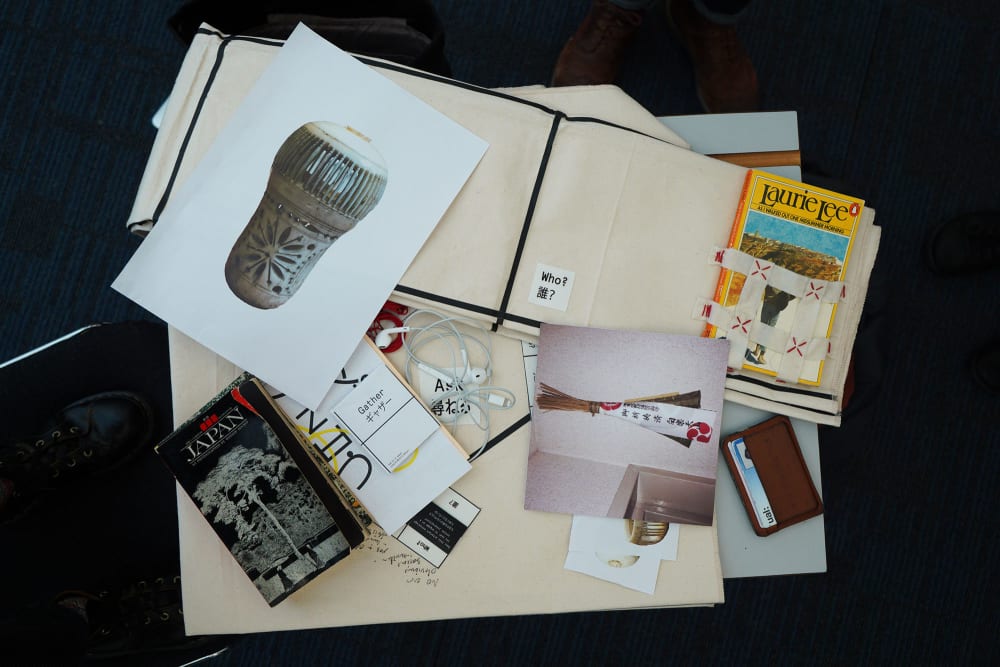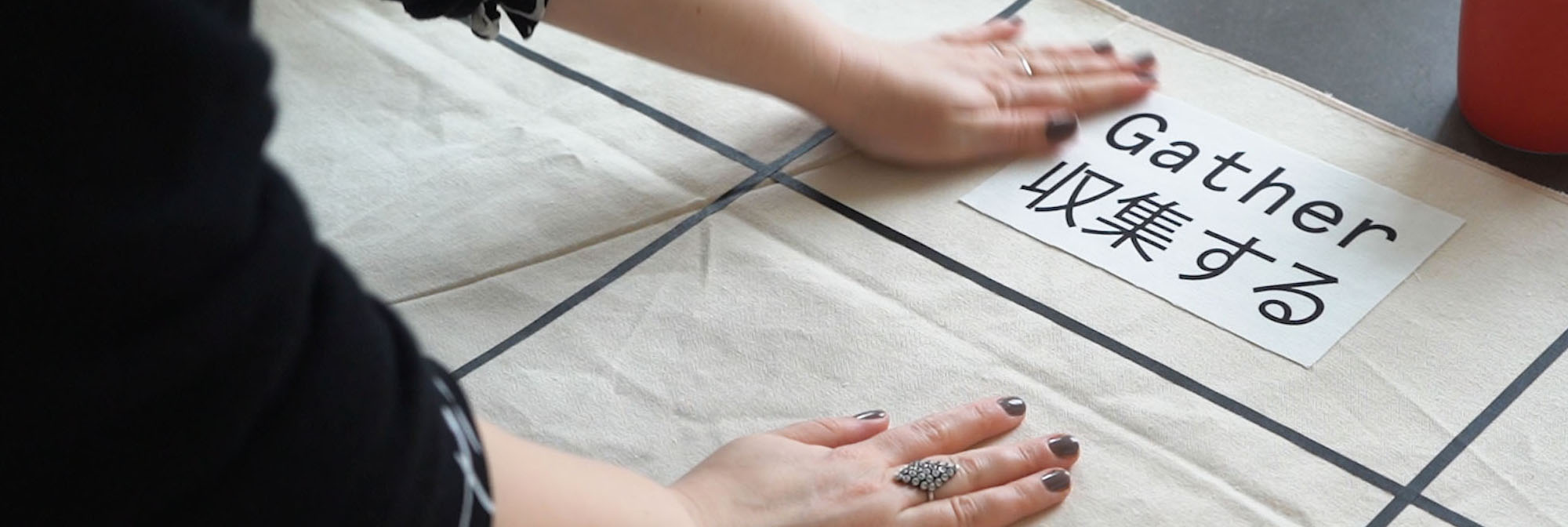Camberwell students were joined by their peers from Chelsea College of Arts and Japanese partner institution Kyoto Institute of Technology (KIT) in February for the second round of workshops exploring collaborative practice in the field of design.
This is the second in of a series of prototype sessions being used to help design the exciting new Double Degree Masters programme in Global Collaborative Design Practice – an innovative project and the first of its kind for UAL.

This new MA will bring together a global cohort of students drawn from each university to interpret UN Sustainability Development Goals from different local standpoints. With a focus on fostering collaborative sensitivities and tools in cross-cultural, multidisciplinary teams, it will aim to direct design practice towards roles which positively contribute to the pressing societal challenges of today and tomorrow.

Jointly held at Camberwell by both UAL and KIT for three weeks and learning from the first workshop held in June 2019, the mixed-discipline group of eight students included MA Graphic Design Communication and BA 3D Design students from Camberwell, MA Textiles Design students from Chelsea and students from KIT. The group were given a brief to find a ‘local form’ distinctive to their home or culture, something unfamiliar to students from a different culture. Examples of forms found in each city were a horse brass, laughing gas canisters, a paper gripper, bicycle hand mitts and hanging plaques for inscribing wishes and prayers onto.

Students then worked in international pairs, exchanging their ‘forms’ and some carefully edited contextual information which gave their partner a creative springboard to interpret and develop new artefacts and narratives. The teaching teams prepared dual language 1m x 1m canvas worksheets in each location—versions of ‘Furoshikis’, a traditional Japanese wrapping cloth. These helped structure students’ local thinking and global communication.
The final outcomes were presented in a collective video presentation and discussion: the bicycle mitts inspired a clandestine handshaking device, the hanging plaques evolved into labels for Londoners to hang in public to express everyday worries and the paper grippers prompted a series of assistive tools.

Co-designed and taught by tutors from UAL and KIT, the project shared knowledge and mutual everyday understandings of each other’s teaching and learning processes and cultures which are often less visible during more formal partnership conversations.
Kieran O’Connor, Project Development Director, Global Design Interactions said: “These workshops have been indispensable in writing and preparing the new Masters programme. They have enabled us to test our intentions with our students, carry out teaching observations and seek their input in different ways. As always, its students’ energy and insight that really bring everyone together and push the project forwards.”
The project teams in Kyoto and London are in the early stages of planning a third workshop in which students will collaborate in person as well as remotely.
Contact Kieran O’Connor, Project Development Director, Global Collaborative Design Practice, for more information about the new Double Degree Masters programme or for learnings from these workshops.
Find out more about MA Graphic Design at Camberwell

